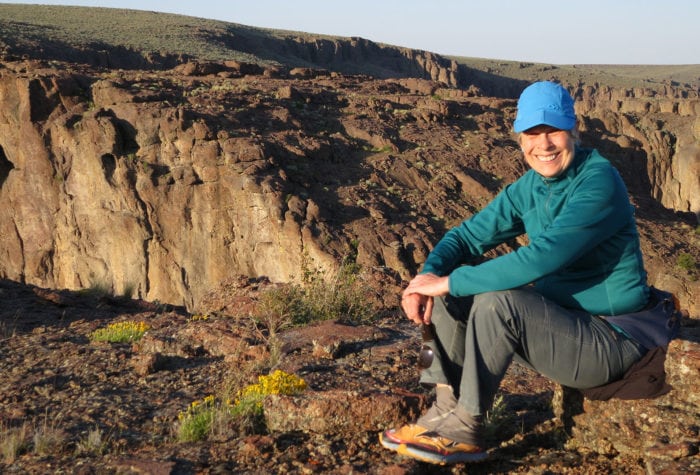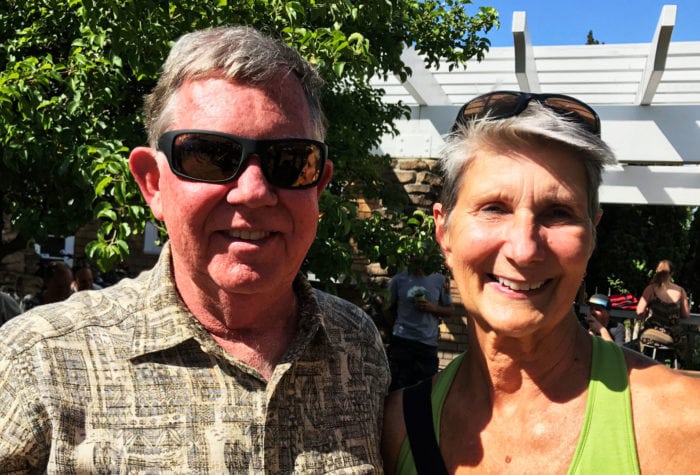Author: Mac Lacy | Published: May 11, 2024 | Category: Look Back
This article originally appeared in the Spring + Summer 2024 Desert Ramblings
ONDA secures historic wildlands protection in federal land use plan.
In a momentous decision, the Bureau of Land Management has adopted a plan to protect almost 420,000 acres of wildlands in the Owyhee Canyonlands. As part of a long awaited update to the Southeastern Oregon Resource Management Plan, which charts future management of 4.6 million acres of desert public lands, the agency chose to prioritize preservation of wilderness values across a critical swath of wildlands in the farthest corner of the state.
This is the largest amount of agency-protected acreage provided in any land use plan ever issued by BLM. As detailed in the new plan, the agency will preserve wilderness values on these public lands first and foremost, restricting development, off-road vehicle travel and other uses that could degrade these qualities.
The newly protected lands include remote corners of the Sheepshead and Trout Creek mountains and vast expanses of native sagebrush that bestride the iconic Owyhee Wild and Scenic Rivers. These wildlands provide intact habitat for hundreds of species, essential for maintaining biodiversity, mitigating climate change effects and supporting sustainable economies.
This milestone decision was a long time coming. The planning process began in 1995, wound its way to and from federal court several times, and finally produced a plan that formally recognizes 1.3 million acres of wilderness-quality public lands identified by ONDA staff and volunteers—one-third of which are now prioritized for wilderness protection. The new plan will be a model for how to protect public wildlands across the West.

